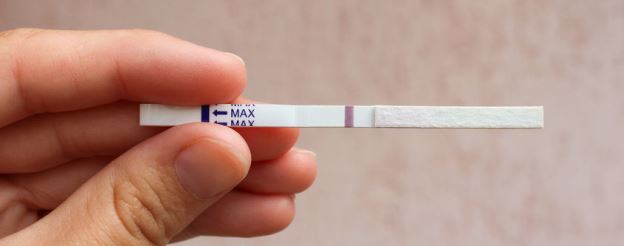If you want to get pregnant, you have to know your body. This means that you have to understand how it works and when the optimal time to conceive is for you. When you time it just right, by charting your cycle, you will give yourself a better chance at conceiving in the long run.
When you chart your cycle, you are charting from the very first day, which is the day you get your period, to the very last day, which is the day before you start the cycle all over again. These days are important to note, but you will also be charting your various signs throughout those days including:
- Your basal body temperature upon waking
- The condition of your cervical mucus on a daily basis
- The timing of intercourse during your cycle
Basal Body Temperature
Your basal body temperature is the temperature of your body when you wake up. You need to start taking it on day one of your cycle and every day afterwards. It is best to take it at the same time every day in order to ensure consistency. You should be taking this temperature before you do anything else, even get out of bed.
Once you record your temperatures every day for a few cycles, you will begin to see when you ovulate, as it is when your temperature rises slightly, typically 0.5 degrees. This temperature then remains high until the end of your cycle. If you have not conceived during that cycle, the temperature will drop back down because your body is no longer producing progesterone and your uterus lining will shed. If you are pregnant, however, the temps will stay high due to the increased level of progesterone that the body produces during pregnancy.
Cervical Mucus
If you check your cervical mucus along with charting your temperatures, you can greatly enhance your ability to get pregnant. As you get closer to ovulation, your mucus becomes clear and stretchy – allowing the sperm to swim through it and attach to an egg.
In order to chart your mucus, you will need to collect it with your (clean) fingers. Inserting your fingers into your vagina, you can collect the fluid from your cervix by touching the cervix walls. As you chart your mucus, you will begin to notice that there is little to no mucus during the first few days of your cycle, then as your cycle progresses, it gets thicker and then eventually thinner on the days you ovulate. Once ovulation is over and pregnancy did not occur, the mucus will become thick again.
These simple signs will help you and your partner determine the best time to have intercourse to enhance your ability to conceive without assistance.

